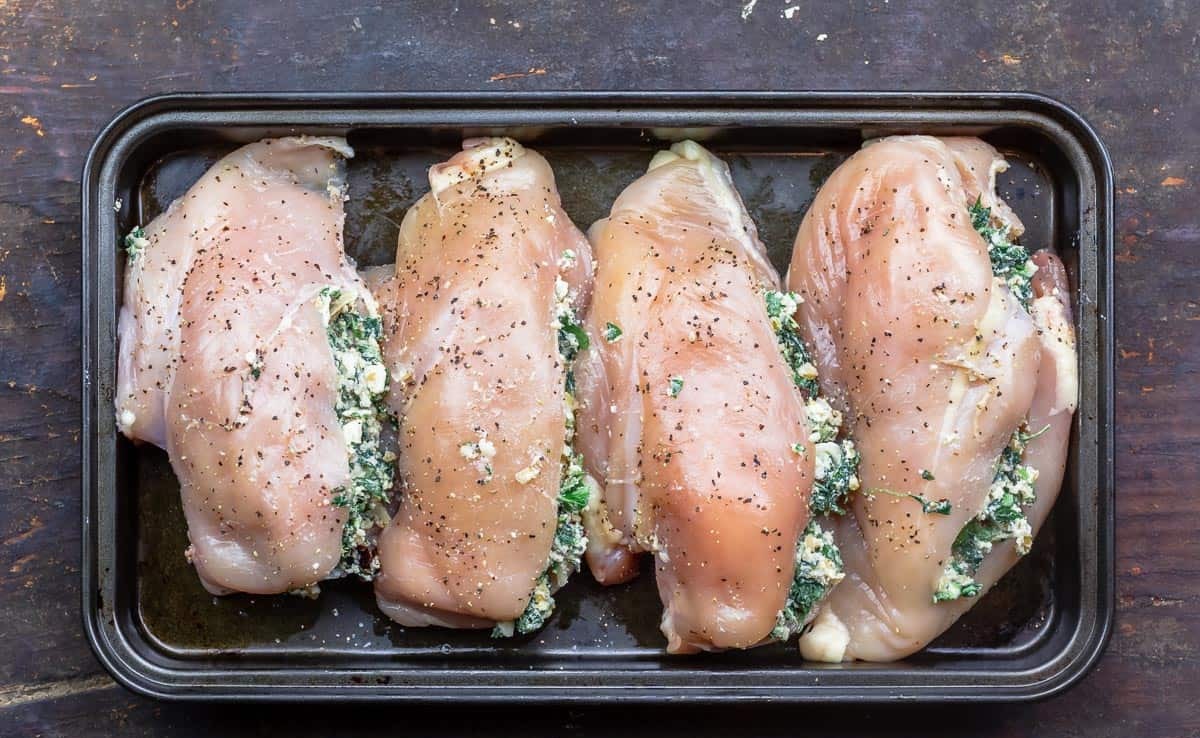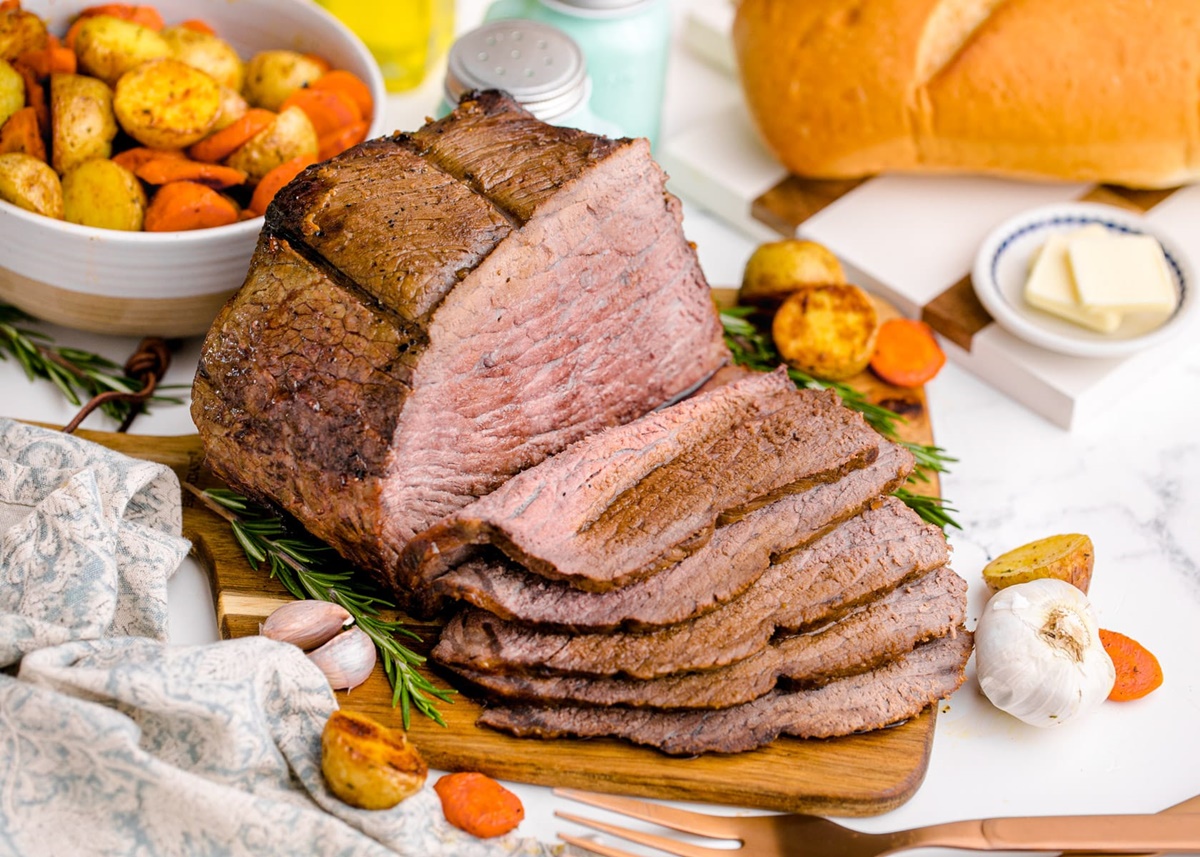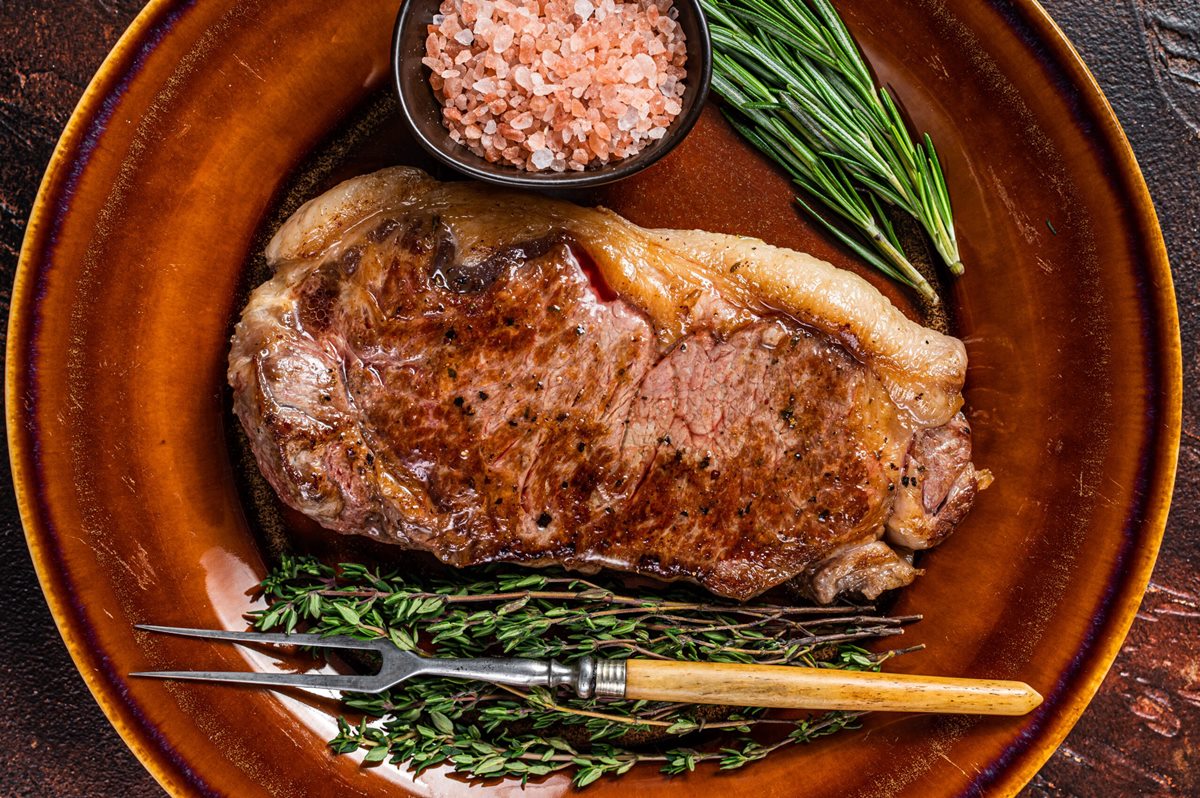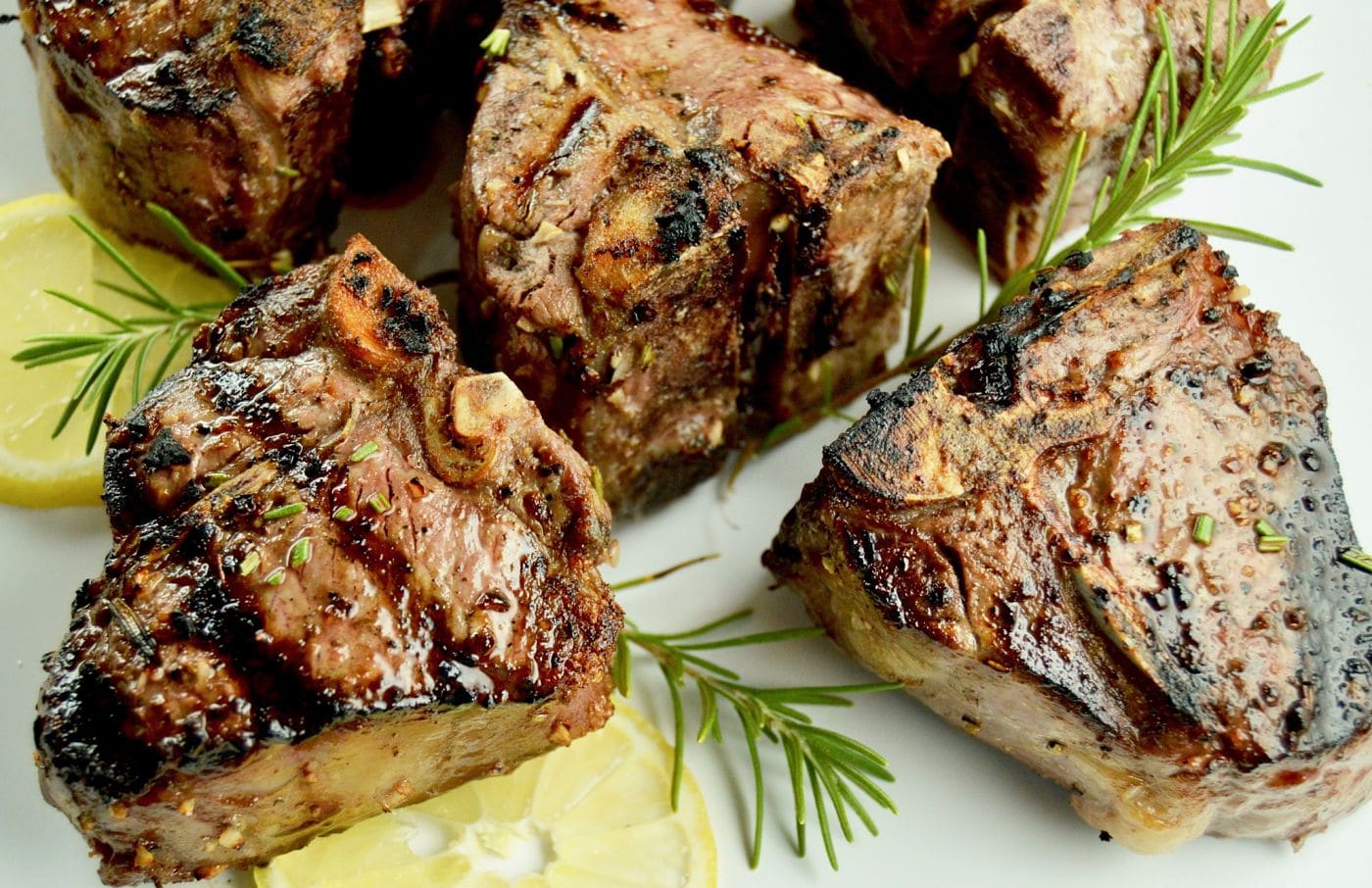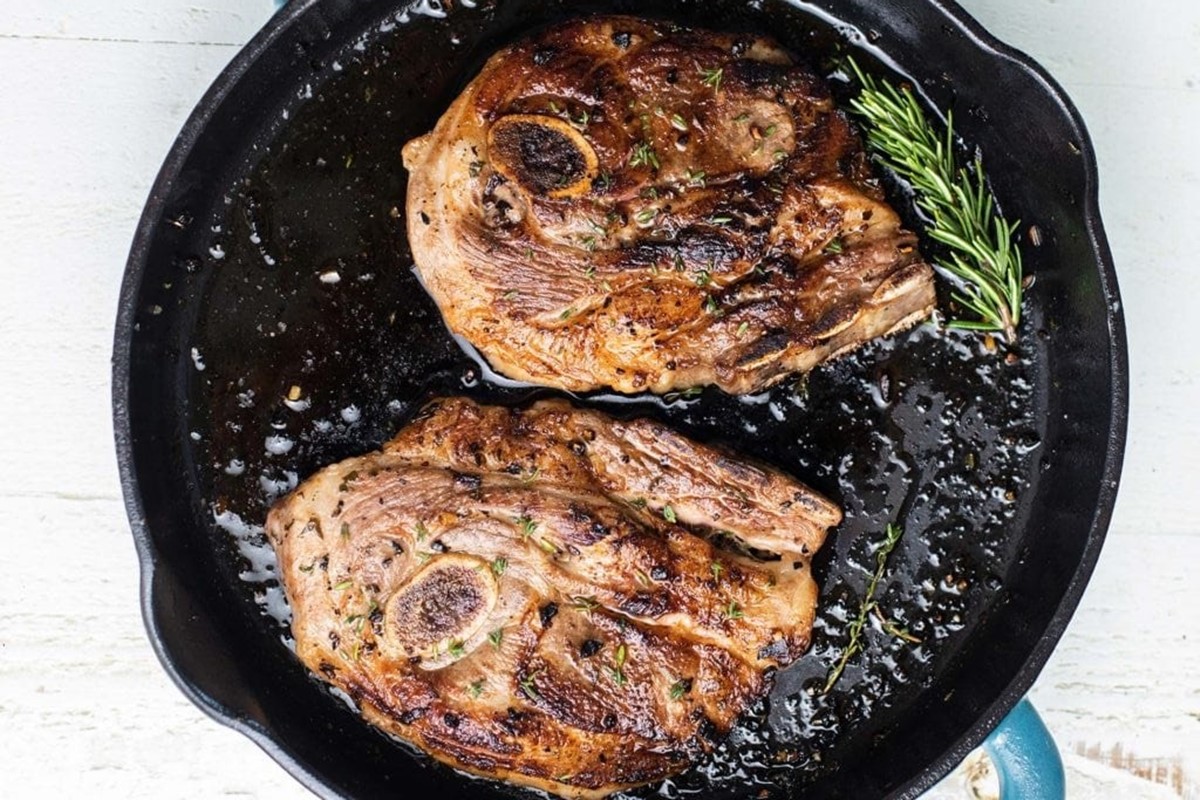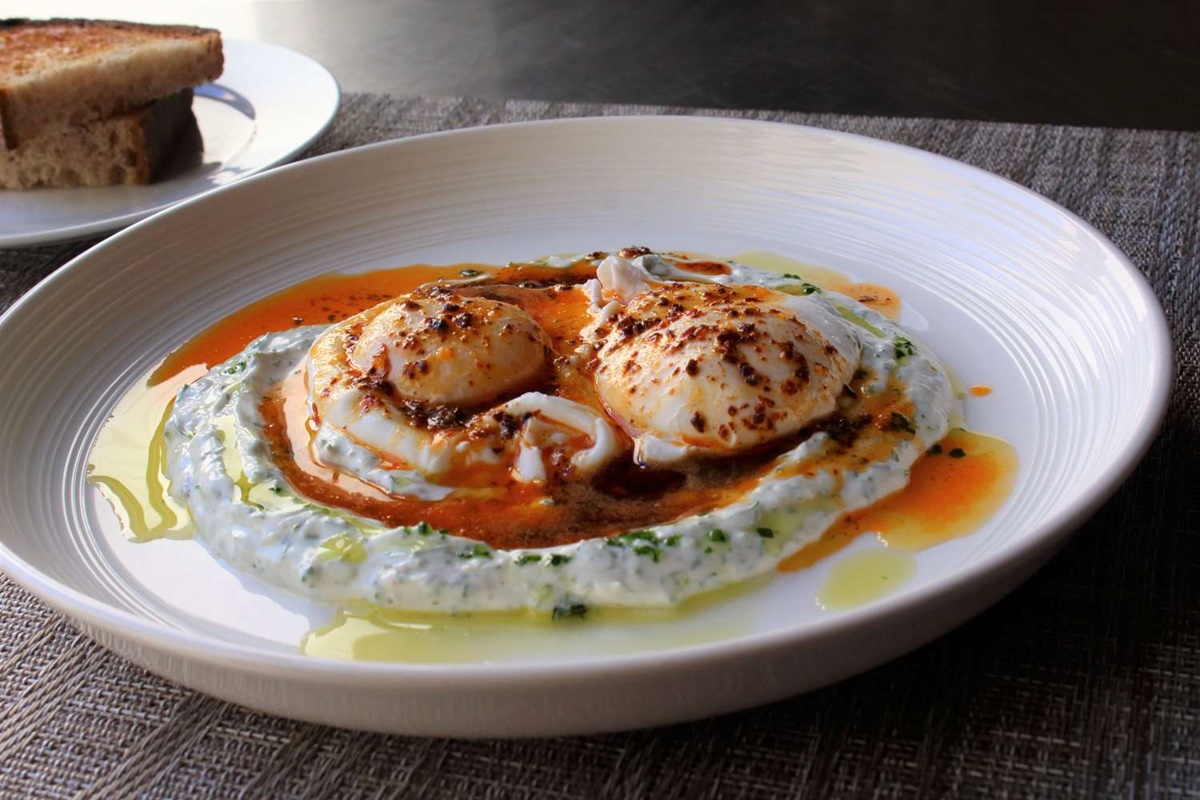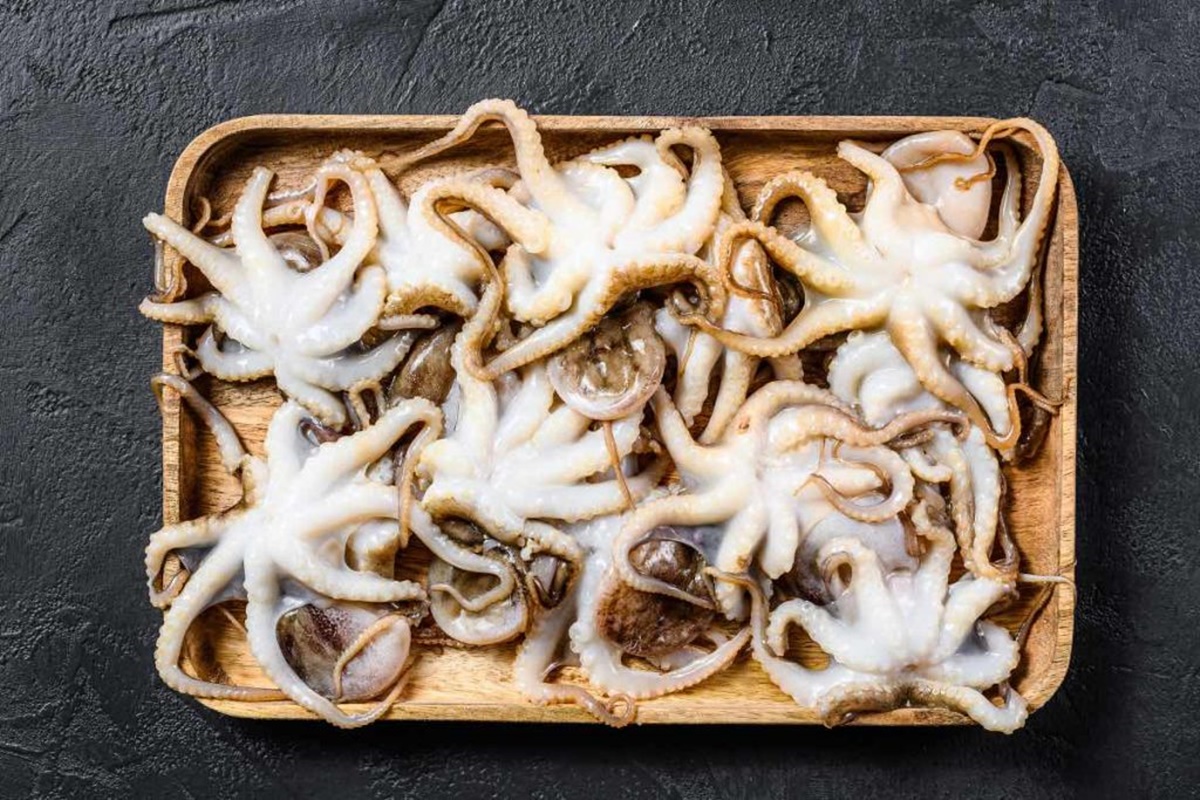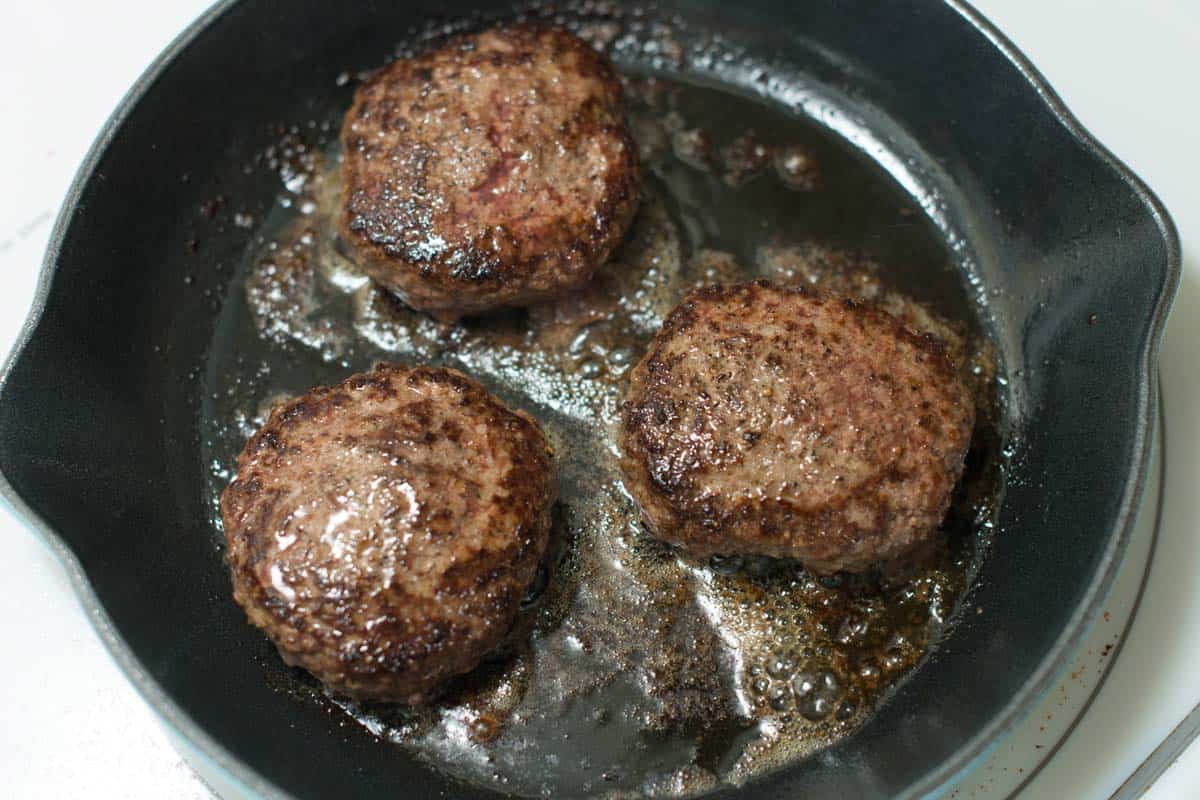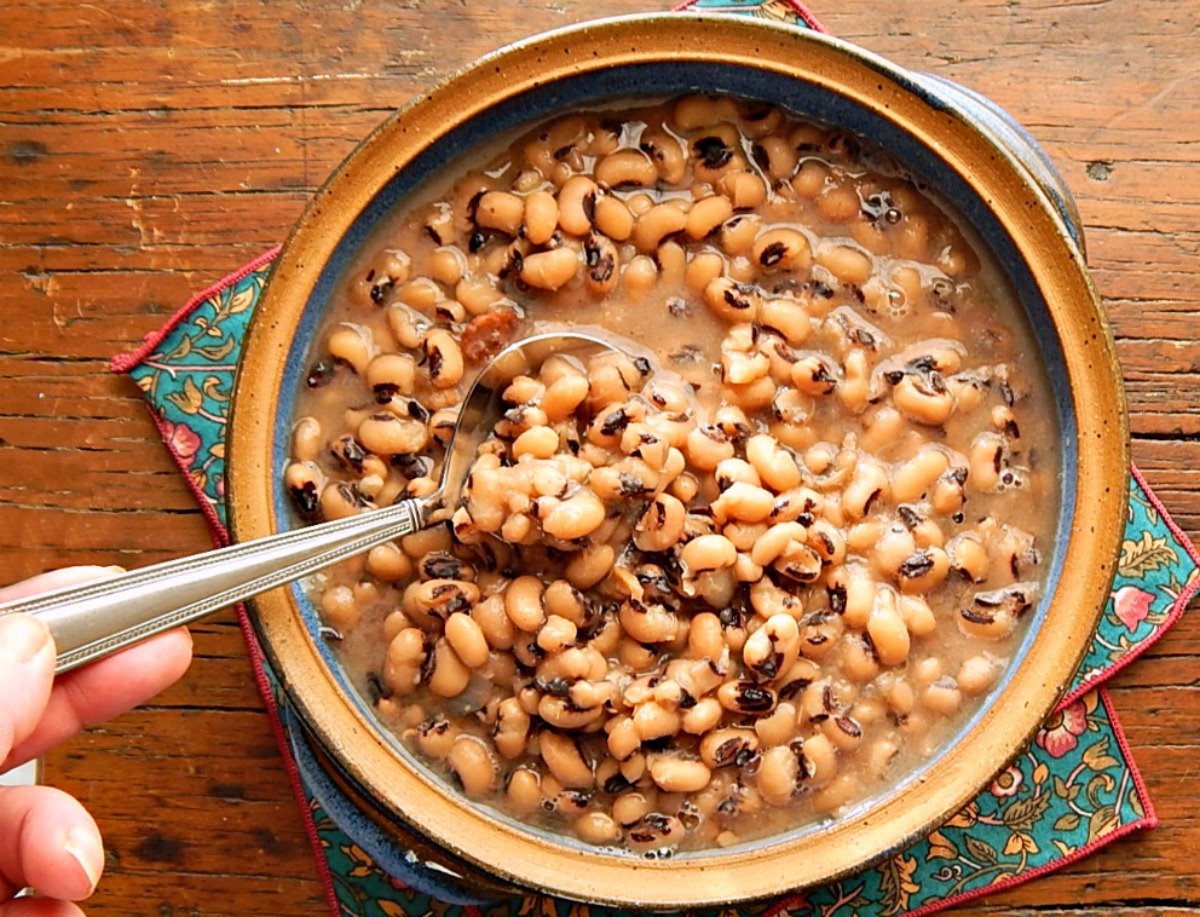Delicious Sea Bass Fillets: Oven Cooking Made Easy
If you’re a seafood lover, you’re in for a treat! Sea bass fillets are not only delicious, but they also offer a range of health benefits. Whether you’re a seasoned home cook or just starting out in the kitchen, this simple guide will help you master the art of cooking sea bass fillets in the oven. Let’s dive in!
What You’ll Need:
- Fresh sea bass fillets
- Olive oil or melted butter
- Lemon slices
- Garlic cloves, minced
- Fresh herbs like thyme or parsley
- Salt and pepper to taste
Step-by-Step Instructions:
- Preheat your oven to 375°F (190°C).
- Line a baking sheet with foil or parchment paper to prevent sticking.
- Place the sea bass fillets on the prepared baking sheet.
- Rub the fillets with olive oil or melted butter, ensuring they are evenly coated.
- Squeeze fresh lemon juice over the fillets and arrange lemon slices on top.
- Sprinkle minced garlic, fresh herbs, salt, and pepper over the fillets.
- Cover the baking sheet with foil, creating a tent-like shape to lock in moisture.
- Transfer the baking sheet to the preheated oven and bake for 15-20 minutes, or until the fillets are opaque and easily flake with a fork.
- Once cooked, remove the foil and switch the oven to broil.
- Place the fillets under the broiler for an additional 2-3 minutes to achieve a golden crust.
- Remove from the oven and let them rest for a few minutes before serving.
Pro tip: Pair your perfectly cooked sea bass fillets with a side of roasted vegetables or a light salad for a complete and nutritious meal.
Why Choose Sea Bass?
Sea bass is not only known for its delicate flavor but also its rich nutritional profile. Here are a few reasons why adding sea bass fillets to your menu is a fantastic choice:
- Omega-3 Fatty Acids: Sea bass is rich in omega-3 fatty acids, which are essential for heart and brain health.
- Protein Powerhouse: These fillets are packed with high-quality protein, making them an excellent choice for muscle repair and growth.
- Vitamins and Minerals: Sea bass is a good source of vitamins D and B12, as well as minerals like potassium, selenium, and magnesium.
With its mild flavor and versatility, sea bass is a crowd-pleasing fish that can be enjoyed by everyone, even those who may not typically prefer seafood.
Experiment with Flavors
If you’re feeling adventurous, don’t be afraid to experiment with different flavors and ingredients. Consider adding a touch of spice with chili flakes, a tangy twist with balsamic glaze, or a hint of freshness with chopped cilantro. The possibilities are endless!
So, the next time you’re craving a delicious and nutritious seafood dish, give oven-baked sea bass fillets a try. With these simple steps and a little creativity, you’ll have a restaurant-worthy meal right in the comfort of your own home.
More Delicious Sea Bass Recipes to Try
After mastering the art of oven-baking sea bass fillets, the culinary adventure doesn't stop there. Delve into a variety of flavorful recipes that further utilize your newfound skills. From the zest of the Zesty Lemon Herb Sea Bass to the rich, aromatic experience of the Aromatic Moroccan Sea Bass, there's a dish to suit every palate. For those who enjoy a touch of sophistication, the Crunchy Parmesan Sea Bass offers a delightful crunch with a creamy, tangy finish. We highly recommend trying the Vibrant Asian Sea Bass for its vibrant flavors that perfectly complement the tender, flaky fish. Each recipe is designed to enrich your cooking repertoire and impress at any dining table.
Was this page helpful?
Read Next: How To Cook Deer Cube Steak In Skillet
